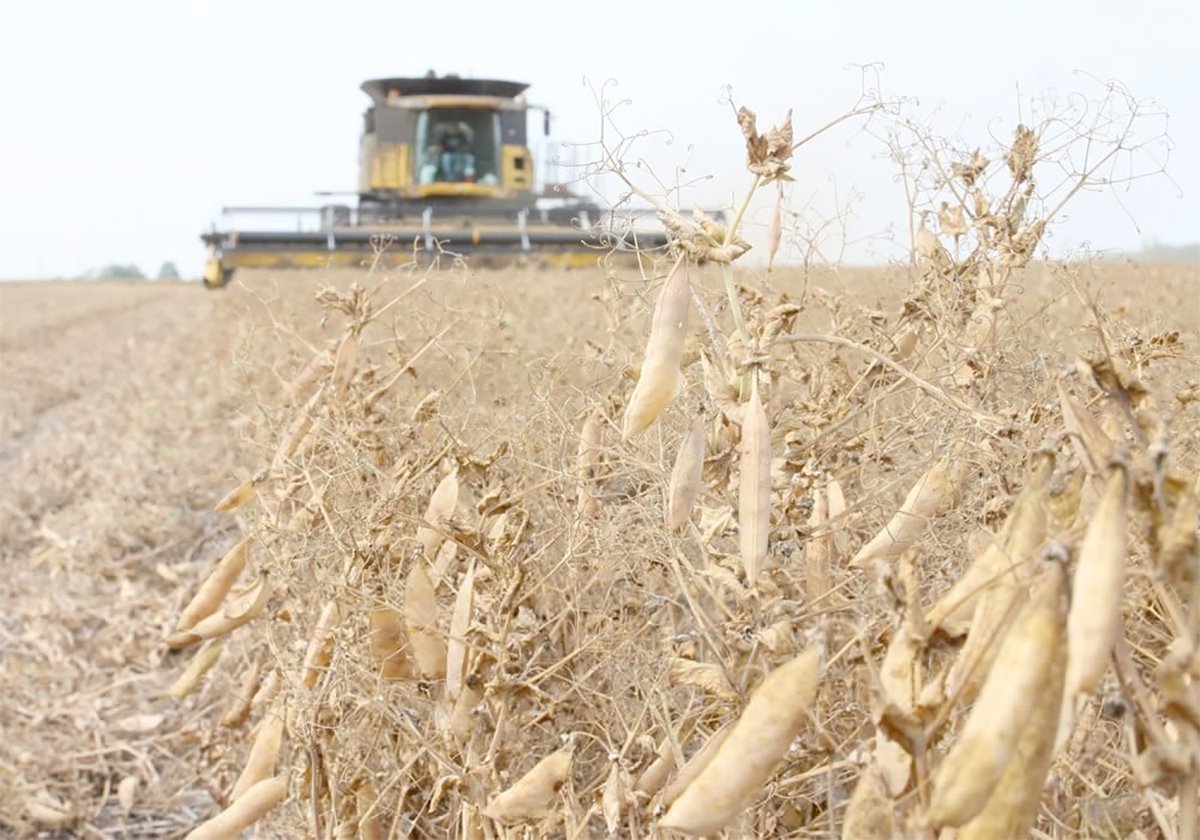The Canadian beef industry is shrinking, but it continues to punch above its weight class.
But with declining beef consumption at home, hopes for expansion depend largely on export success.
“Canada is a relatively small player in the export market with only about two percent of the global beef cow inventories,” said Andrea Brocklebank, head of research for Canfax.
While Canada places only ninth globally in the size of its cow inventory, it is the world’s fifth largest beef exporter, shipping out 44 percent of production as beef and live cattle.
Read Also

Chinese, Indian tariffs take toll on pea prices
The disruption of pea exports from Canada’s largest customers will likely result in slow pea exports for the remainder of the crop year.
Per capita beef consumption fell to 20 kilograms per year, down from about 25 kg in 1980.
Poultry consumption is steady and pork is falling.
Canada imports more than a quarter of its beef, especially for manufacturing quality and some middle meat when there is a deficit.
The United States is the primary export destination. Twenty eight percent of Canadian beef goes to the U.S. but that makes up only three percent of America’s total supply.
“We are not a major supplier to this market when you look at the big picture,” Brocklebank said.
Twenty-five percent of Canadian beef goes to California’s Hispanic communities looking for leaner beef.
Mexico and Hong Kong are Canada’s second and third largest beef markets, respectively.
Russia has imported various cuts and offal in the past.
Moscow has invested heavily in the pork and poultry industries and is focusing more on dairy production than beef. Most beef is a byproduct of dairy production.
The government has said it wants to be self sufficient in beef by 2020.
“We haven’t seen the growth that matches with that policy,” she said.
“The big question is if the government were to actually pursue that, what would it actually do.”
Japan was once a promising market, but consumption is flat. The economy is stagnant and beef is more expensive than other meats.
“The return to beef may not be as ambitious as we once thought.”
Canadian beef exports to Japan might improve if that country changed its food safety rule to accept beef from cattle younger than 30 months rather than 21 months, Brocklebank said.
South Korea granted Canada access earlier this year. Beef consumption is up and the herd is shrinking, which encourages imports.
However, the U.S. saturated the market when it signed a free trade agreement earlier in the year. Canada struggles without a similar agreement.














